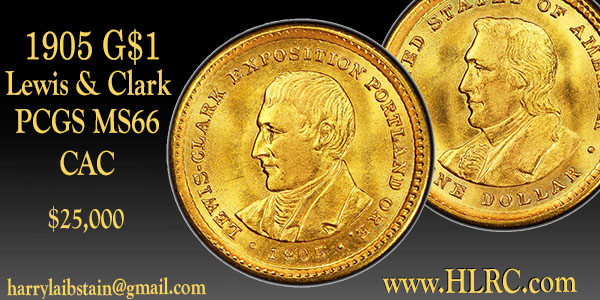
PREV ARTICLE
NEXT ARTICLE
FULL ISSUE
PREV FULL ISSUE
V25 2022 INDEX E-SYLUM ARCHIVE YEMENI COIN FINDS AND PIRATE HENRY EVERYOn December 8, 2022 the Associated Press published a story we've discussed earlier here in The E-Sylum - English buccaneer Henry Every and potentially connected Yemeni coins unearthed in New England and along the East coast. I added an image from our earlier articles. -Editor
Newly surfaced documents also strengthen the case that English buccaneer Henry Every — the target of the first worldwide manhunt — hid out in New England before sailing for Ireland and vanishing into the wind.
In 2014, after unearthing an unusual coin engraved with an Arabic inscription at a pick-your-own-fruit orchard in Middletown, Rhode Island, Bailey began retracing Every's steps. Research confirmed that the exotic coin was minted in 1693 in Yemen. Bailey then discovered that it was consistent with millions of dollars' worth of coins and other valuables seized by Every and his men in their brazen Sept. 7, 1695, sacking of the Ganj-i-Sawai, an armed royal vessel owned by Indian emperor Aurangzeb. Historical accounts say Every's band tortured and killed passengers aboard the Indian ship and raped many of the women before escaping to the Bahamas, a haven for pirates. But word quickly spread of their crimes, and English King William III — under enormous pressure from a scandalized India and the influential East India Company trading giant — put a large bounty on their heads. Detectorists and archaeologists have since located 26 similar coins stretching from Maine to the Carolinas. All but three coins turned up in New England, and none can be dated later than when the Indian ship was captured.
Detectorists have also unearthed a gold nugget weighing 3 grams (a tenth of an ounce) — slightly heavier than a U.S. penny — from a potato field perched on a hilltop in seaside Little Compton, Rhode Island. There's no documented evidence that naturally occurring gold has ever been found in the state. Bailey and other experts believe that the nugget likely originated somewhere along Africa's Gold Coast, a center for the slave trade in the late 17th and early 18th centuries. Adding to the intrigue, two silver Arabic coins were recovered not far from the nugget, and Every is known to have seized a considerable amount of gold while sailing off the coast of West Africa. Bailey had already found records showing that the Sea Flower, a ship used by Every and his men after they ditched the vessel they'd used in their murderous raid, arrived in 1696 in Newport, Rhode Island. He's since surfaced documents that show that the pirate captain was accompanied by three Rhode Islanders he took aboard from another pirate vessel when he fled India. All three came ashore with Every in the Bahamas on March 30, 1696, and Bailey said that they essentially served as getaway drivers in exchange for plunder.
To read the complete article, see:
Arthur Shippee passed along a CBS News version of the story. Thanks, -Editor
To read the complete article, see:
To read the earlier E-Sylum articles, see:
Wayne Homren, Editor The Numismatic Bibliomania Society is a non-profit organization promoting numismatic literature. See our web site at coinbooks.org. To submit items for publication in The E-Sylum, write to the Editor at this address: whomren@gmail.com To subscribe go to: https://my.binhost.com/lists/listinfo/esylum All Rights Reserved. NBS Home Page Contact the NBS webmaster 
|


